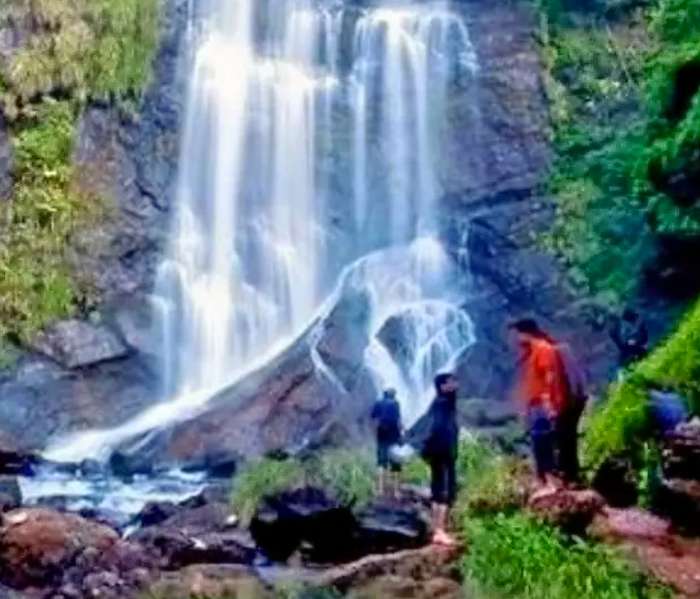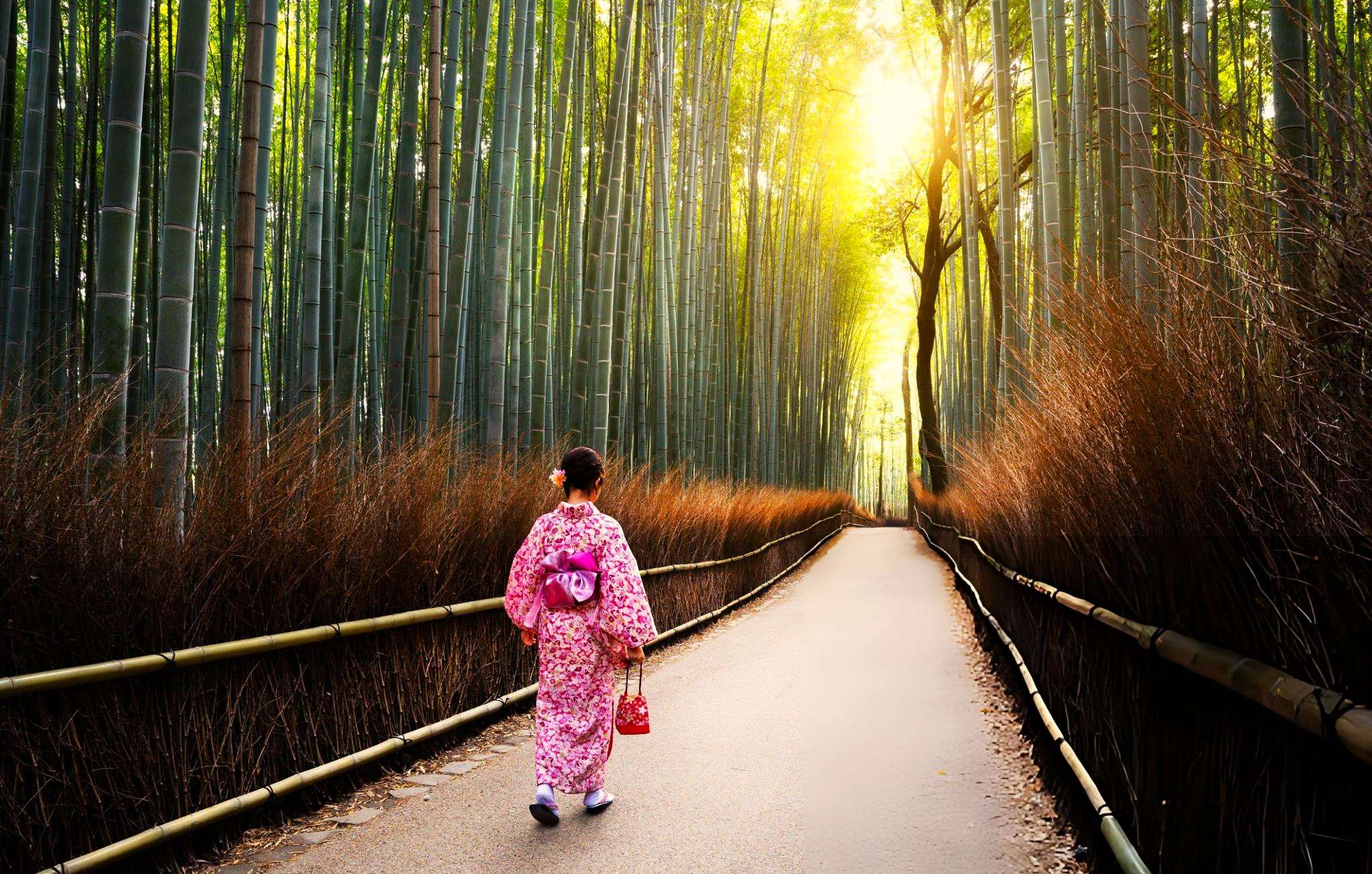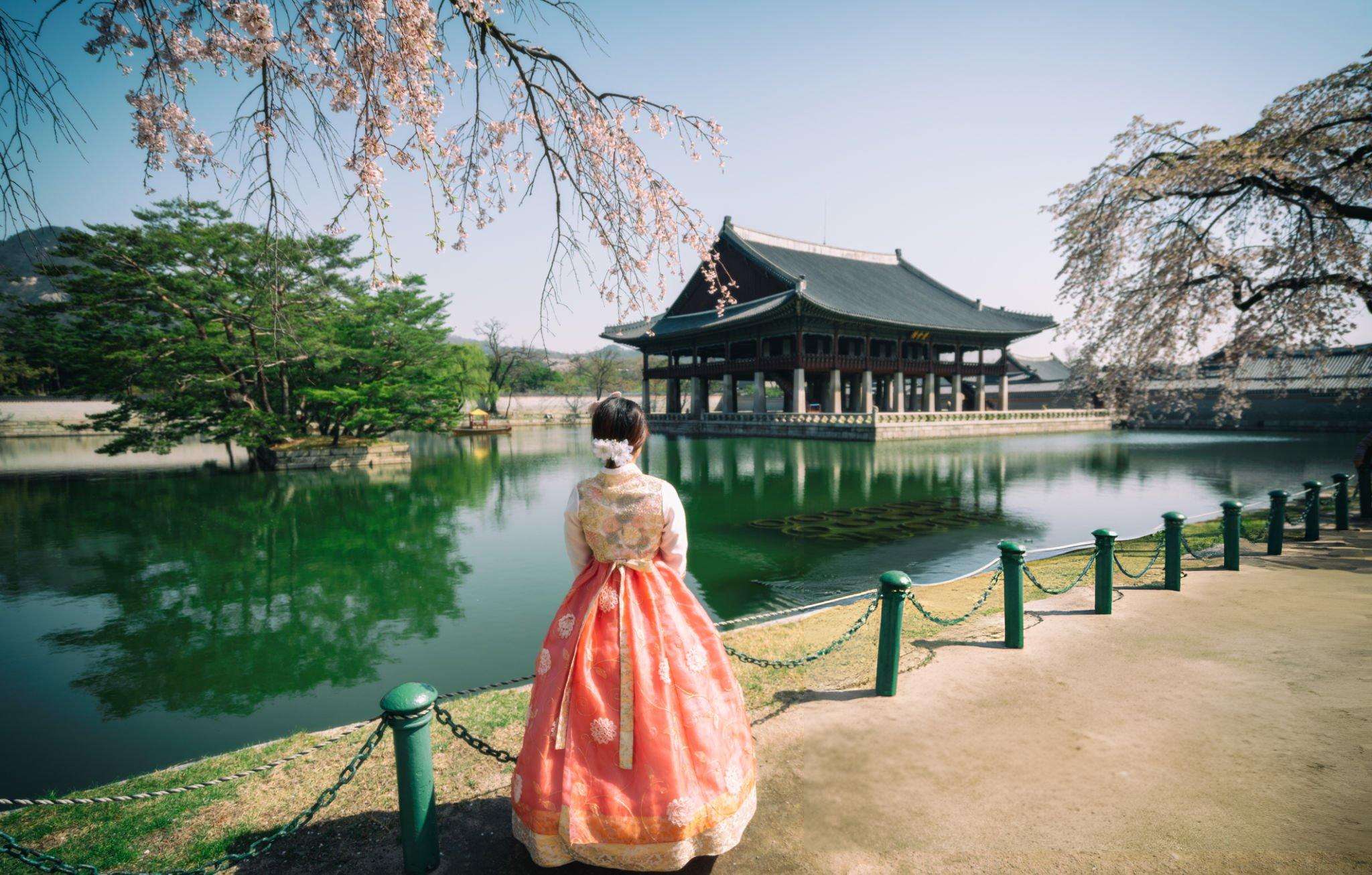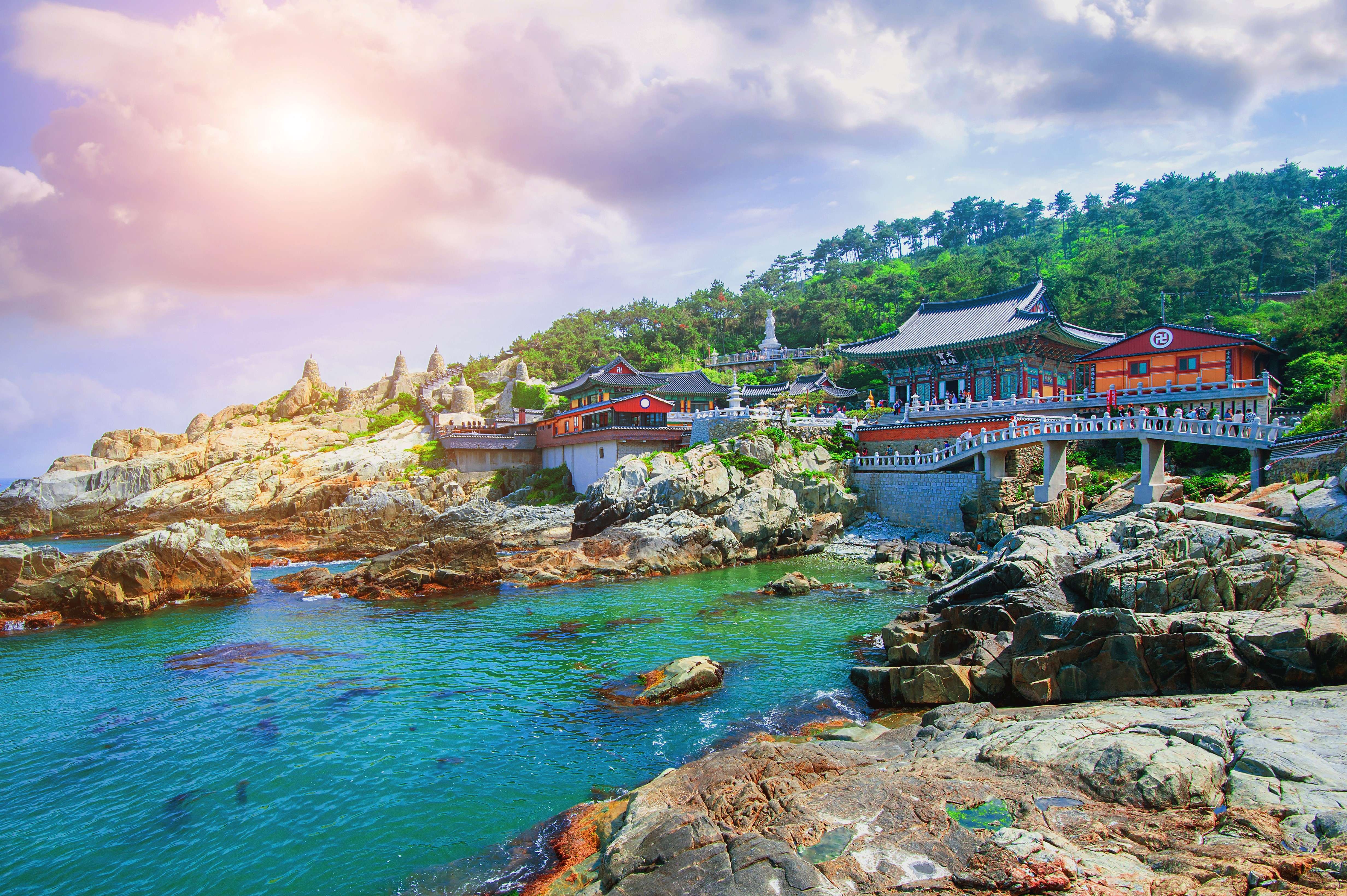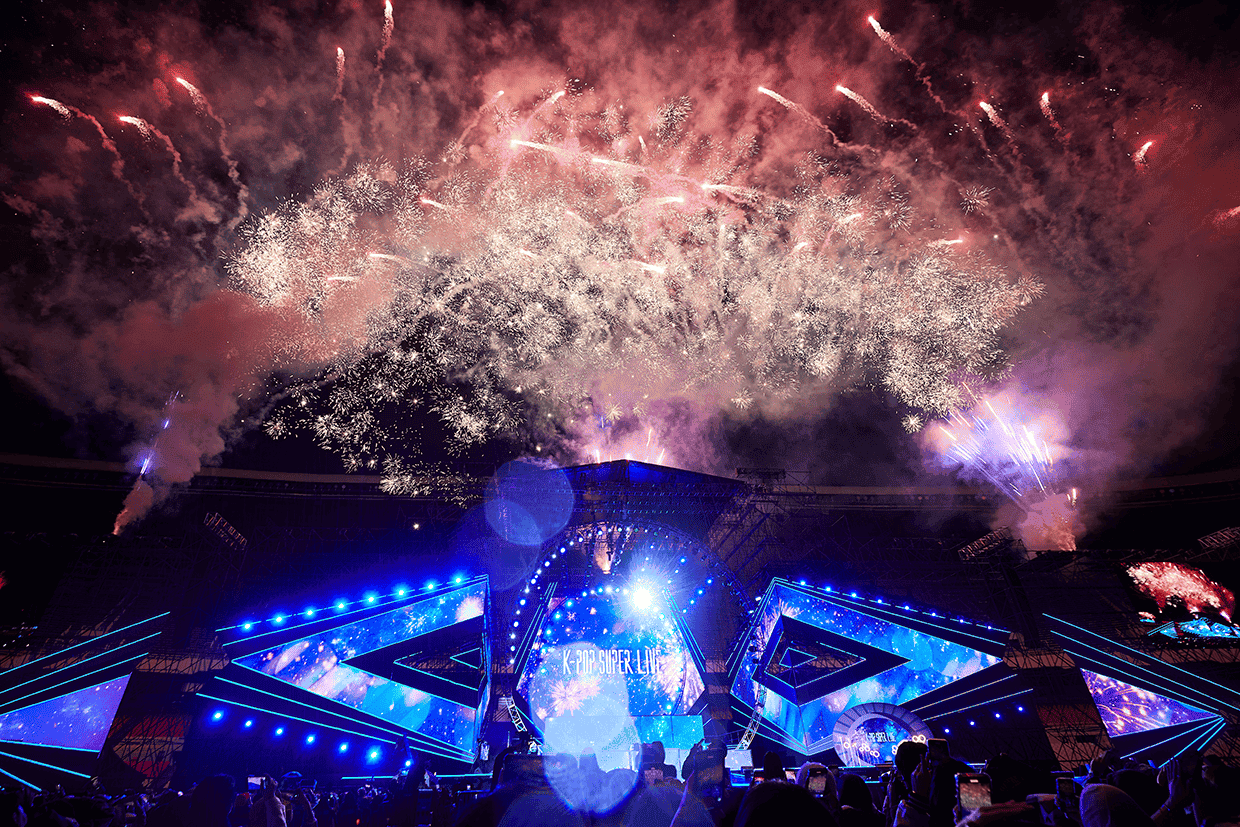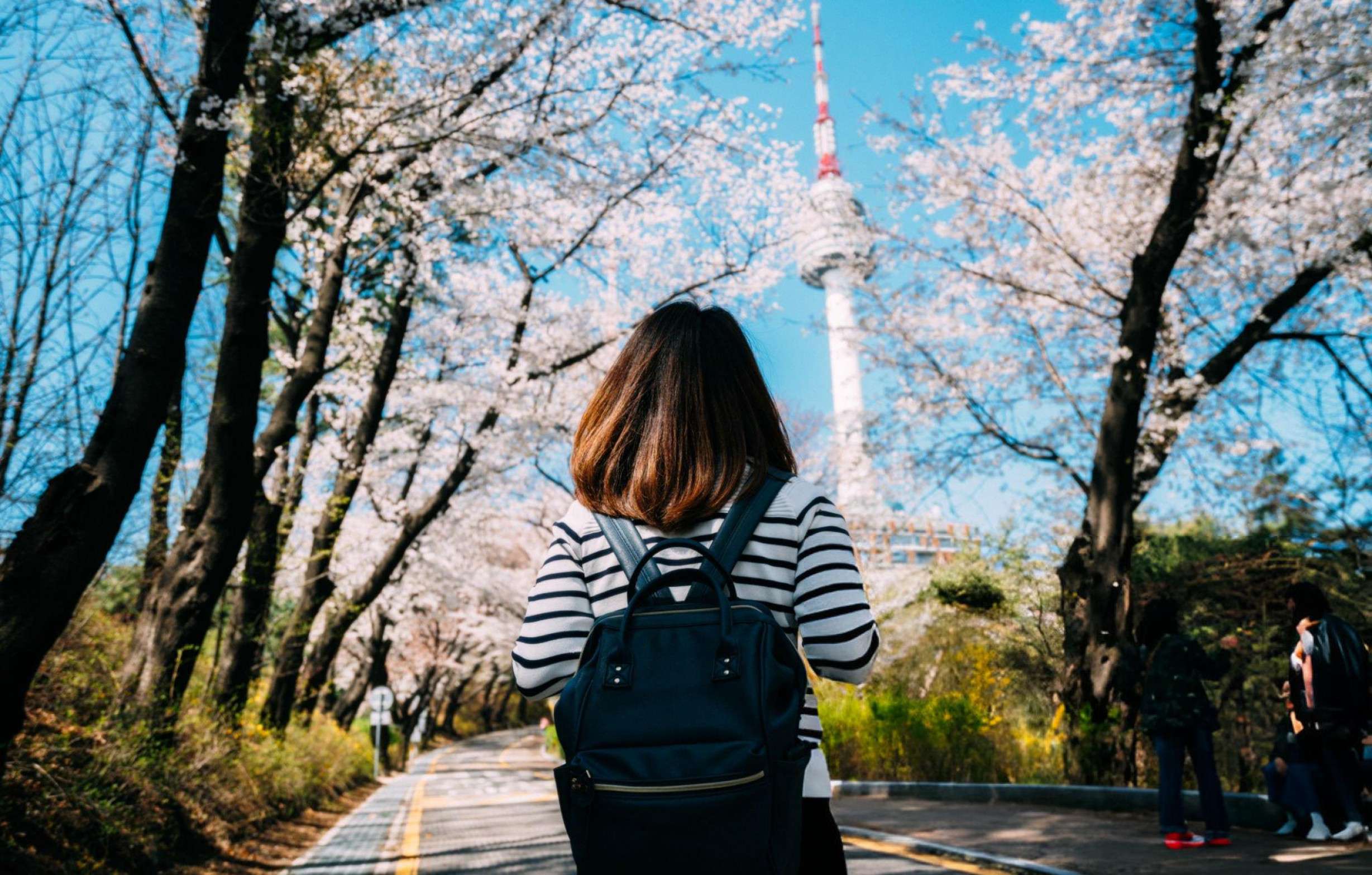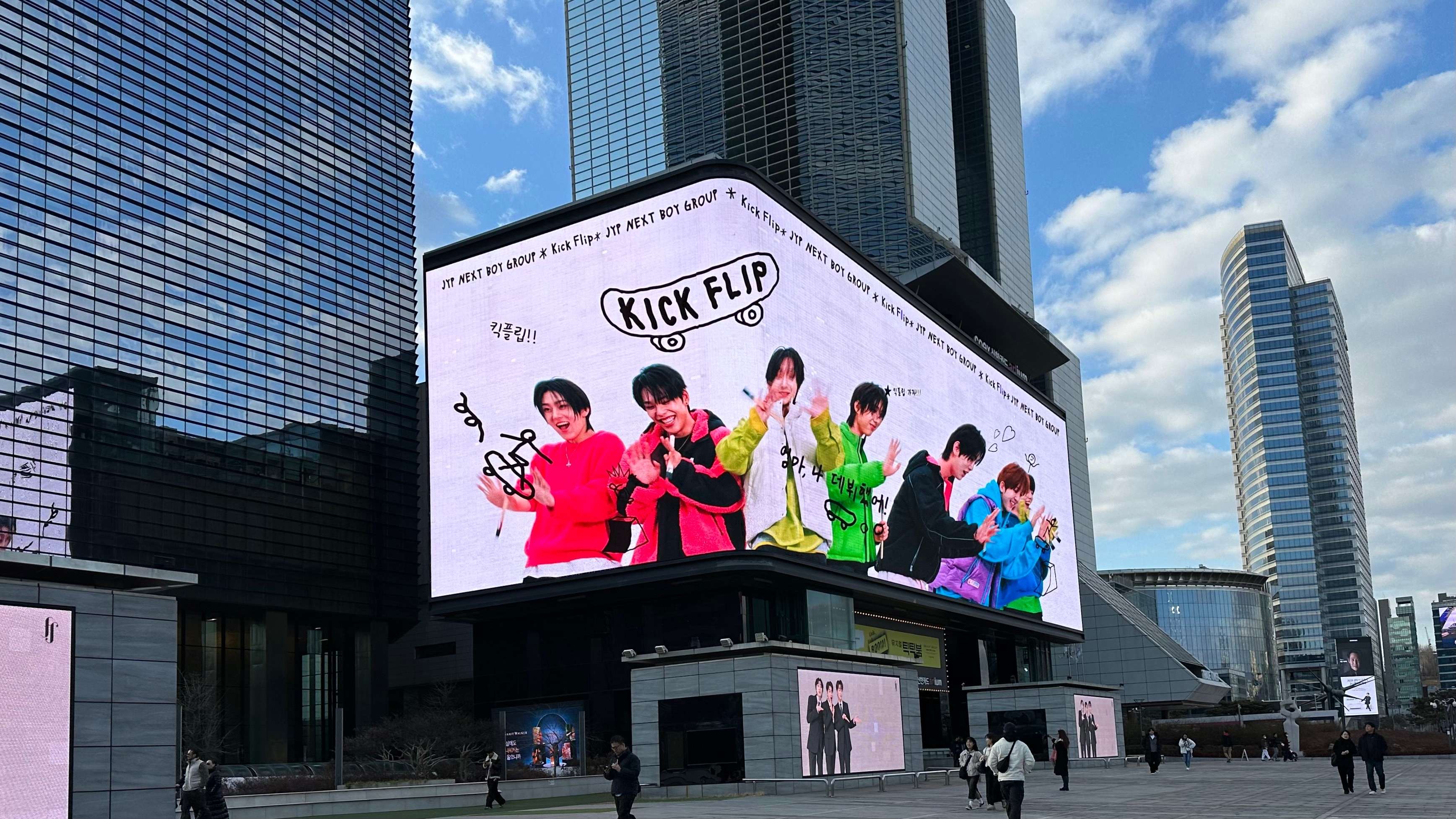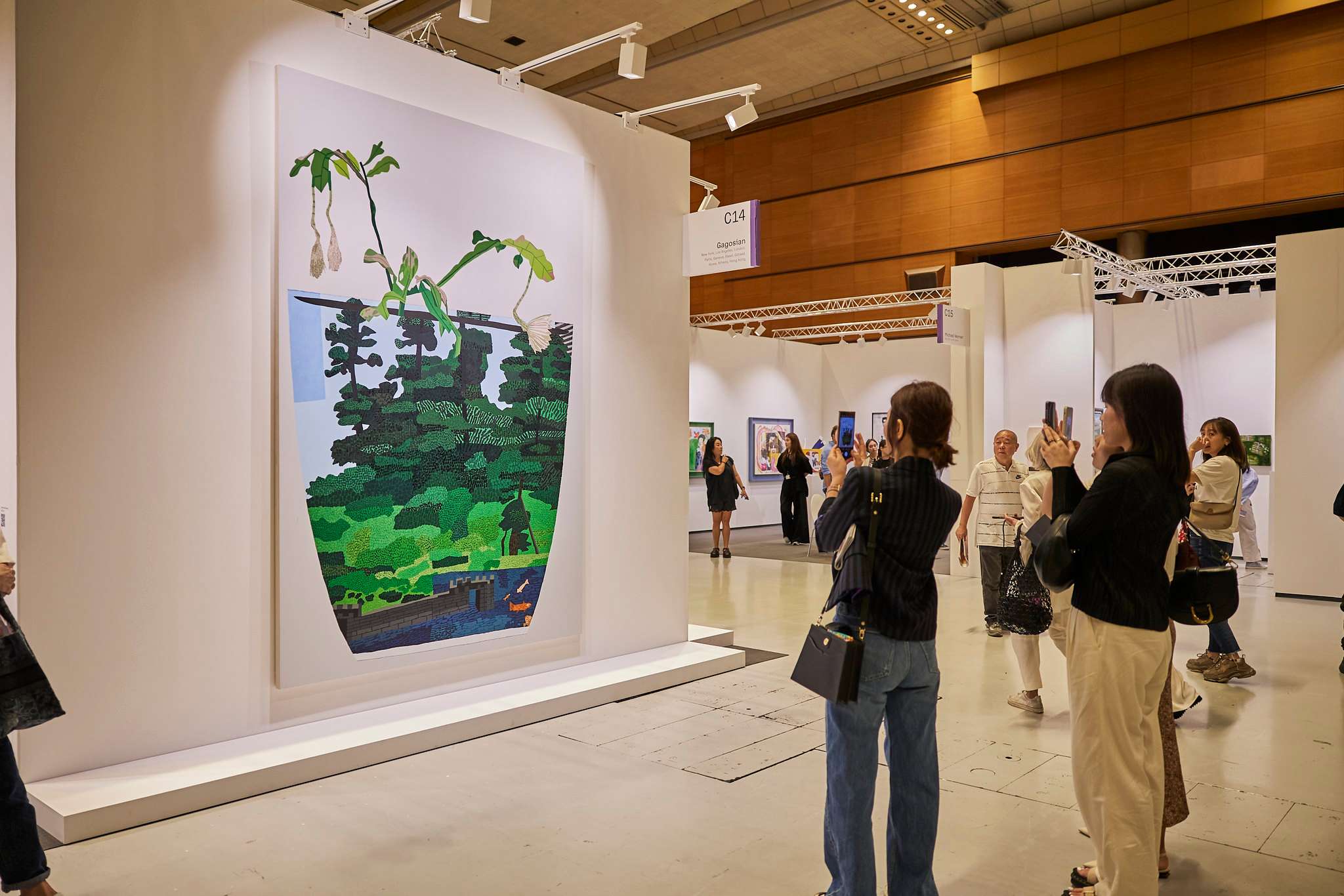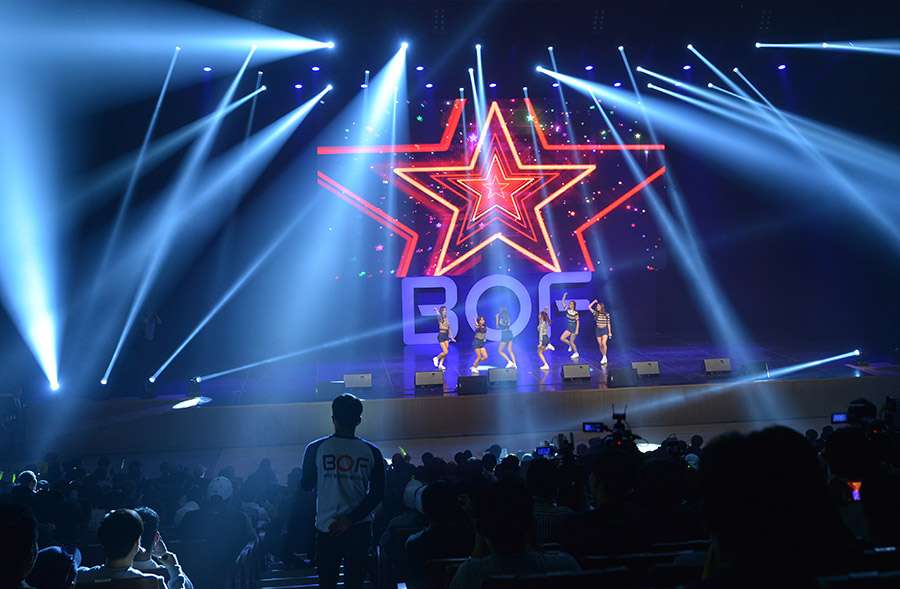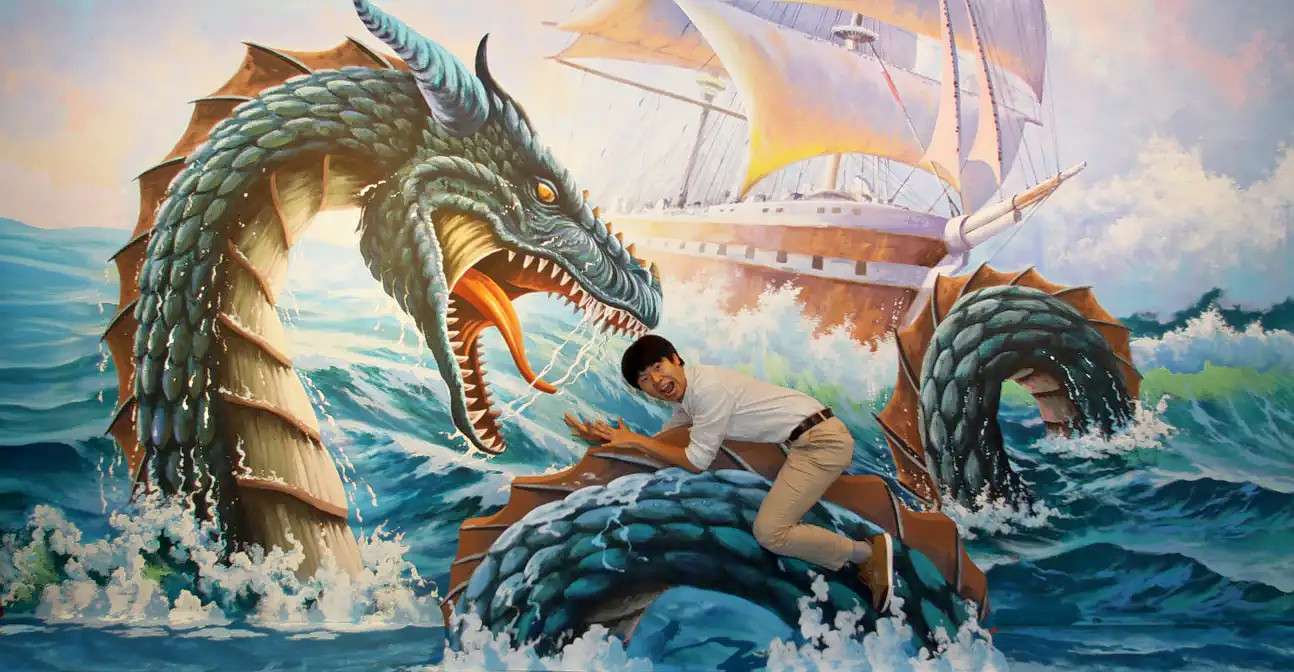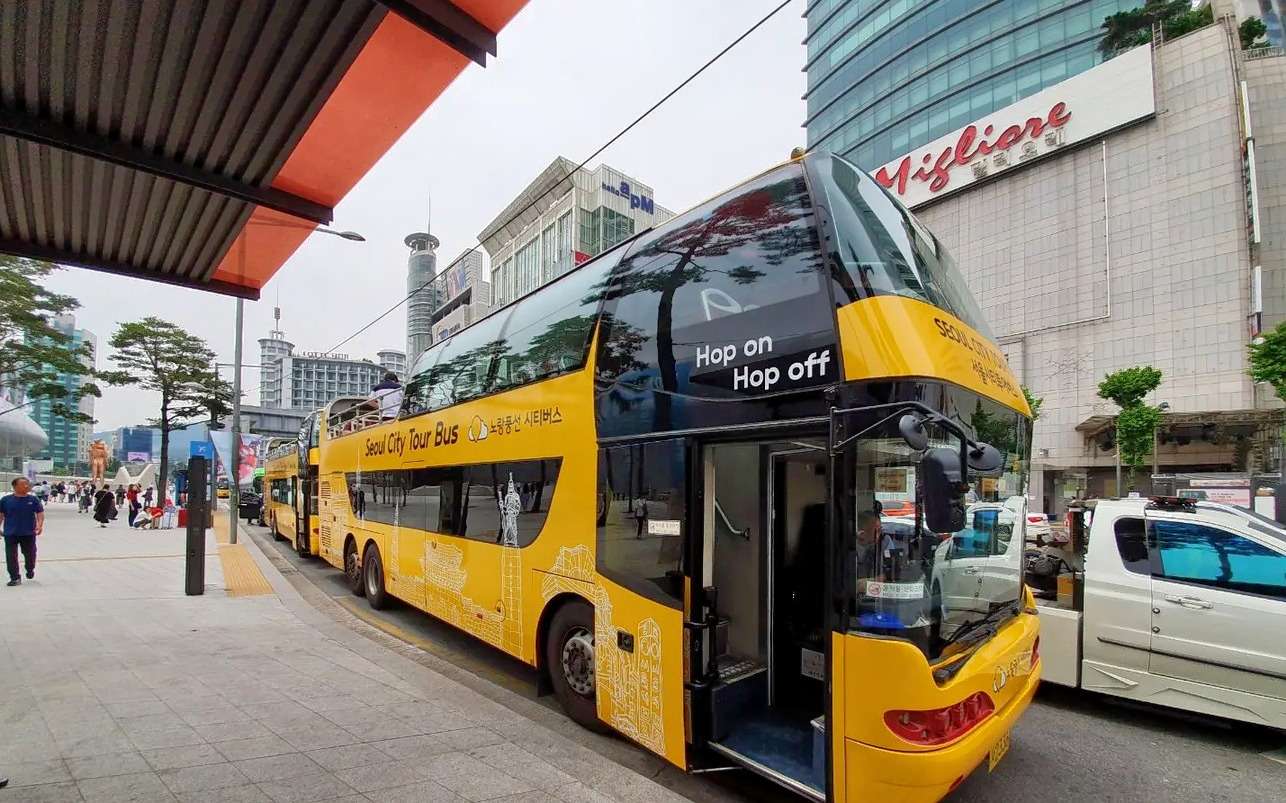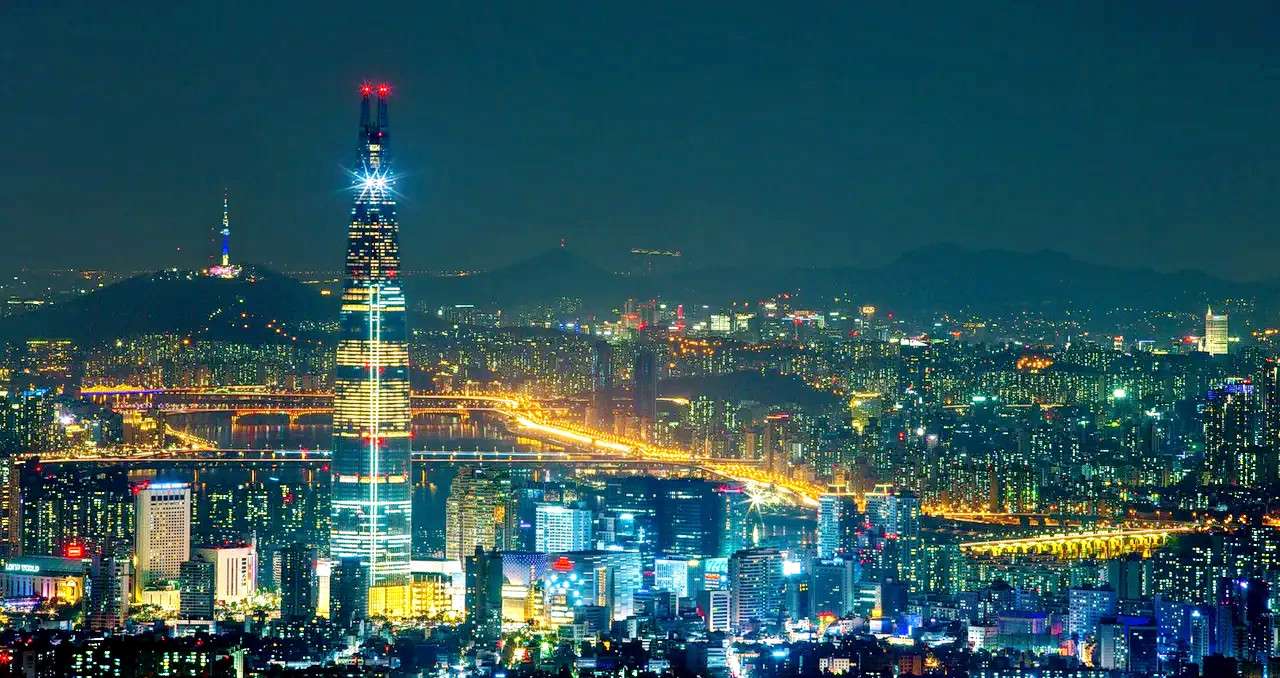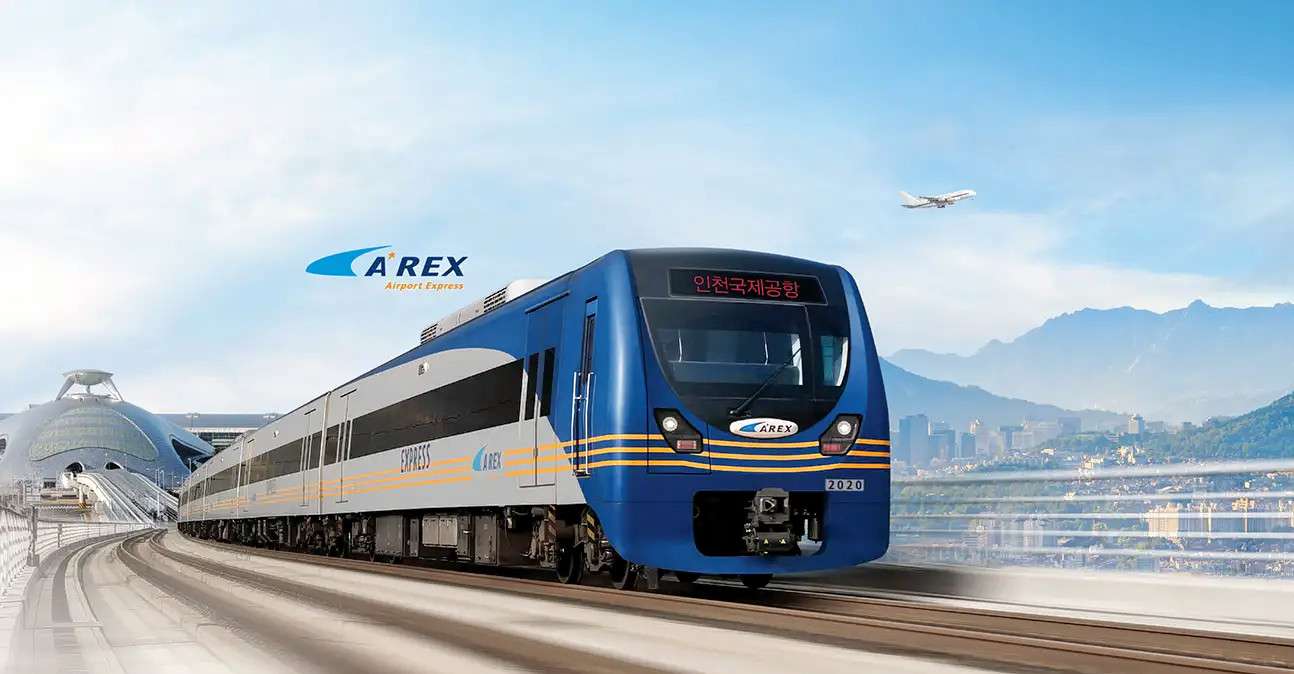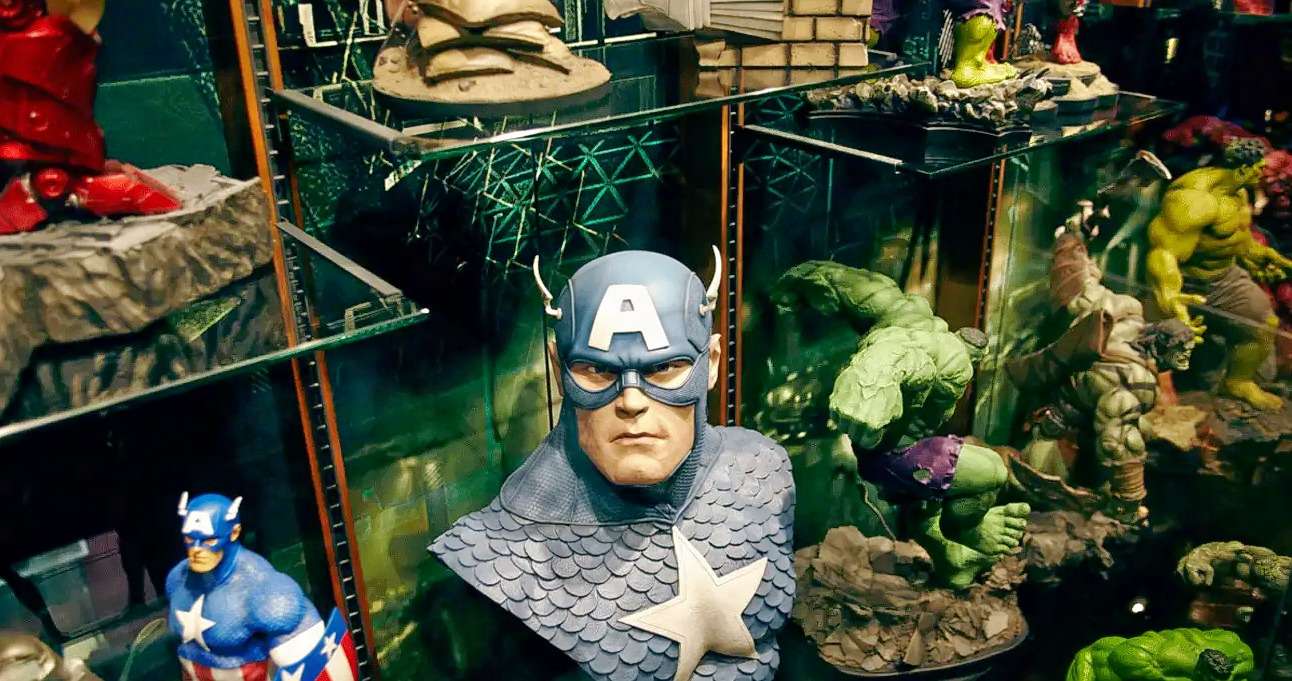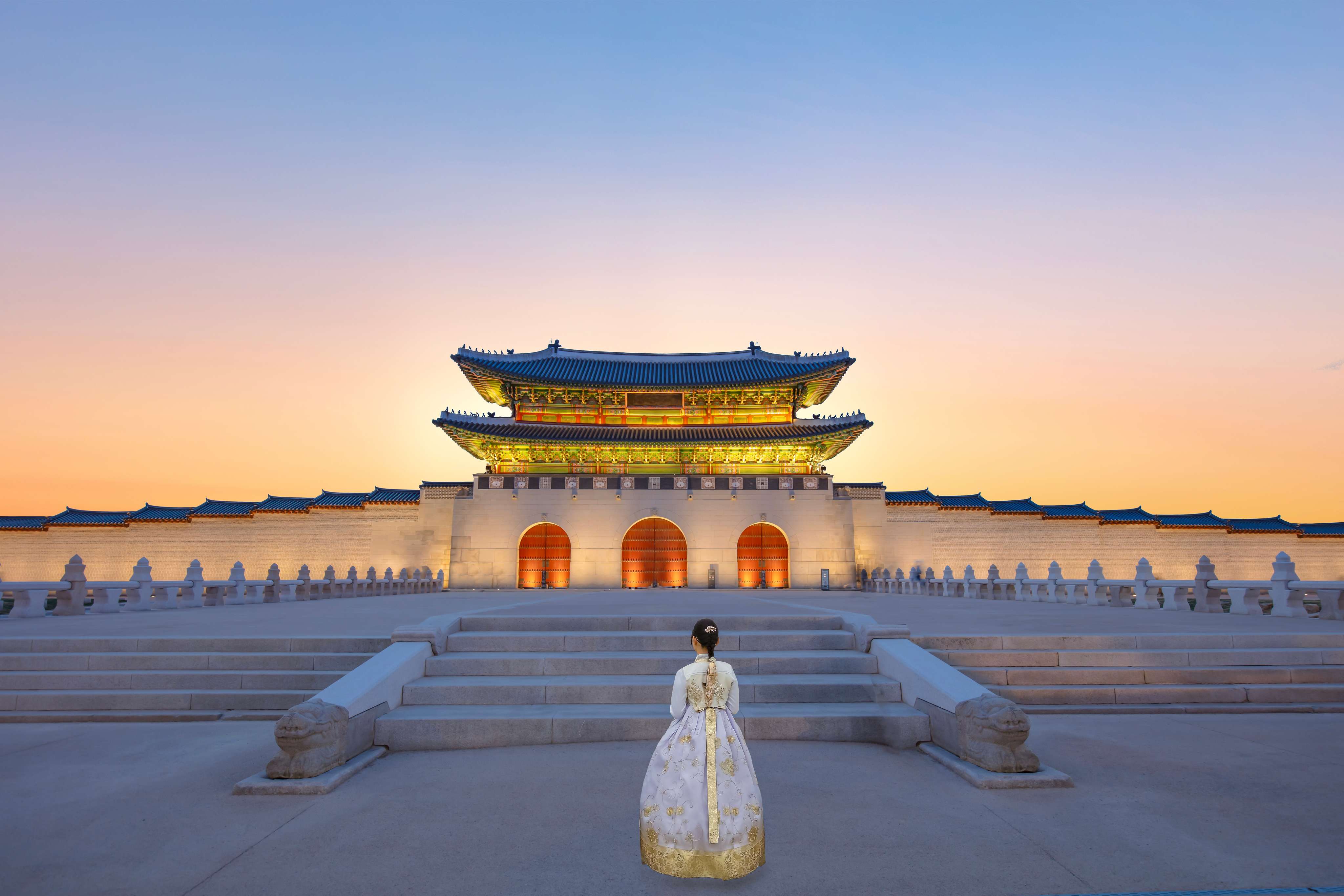Seoul
About Seoul
In the year 2014, an economic boom is known as the "miracle of the Han River" facilitated world's 16 largest cities with amazing new cosmopolitan sparkle and in the year 2017, at the banks of the Han River, this global city under the name of Seoul is all set to capture your wanderer's soul. Offering the best tourist places in Seoul, The capital of the Republic of Korea, this special metropolitan city has all the urban attractions to fill your heart with city lights. In the year 2014, it became the ninth most visited place in the world. This city has become a hub of business and tourist activity since then.
It has a history of 2000 glorious years and the milestones of this journey are scattered in the area of 605 square kilometers of the city. In the terms of architecture, this city offers you an amazing blend where medieval architecture shakes hands with modern architecture and creates a cityscape, which is unmatched anywhere in the world.
This city is a complete package for any traveler if you feel tired that you have become a part of a crowded city then immediately retire to the wilderness of a national park and have a good time with nature and variety of creatures. Another moniker that this city has won with a passage of time is the moniker of being a happening city. The event calendar of the city is full of sporting and cultural events. If you have this penchant to witness your favorite football stars in action or you want to become a part of one of the most happening party crowds of the world then again Seoul can be your ultimate destination.
When we describe this city under the bracket of a price tag then we can say that it is a city meant for all economic classes. It has a well-developed infrastructure and a ride in the mass rapid transit system of this city can save money for you. The same thing is also applicable to accommodation facilities and eating joints of the city as well. So, come and explore the best tourist places in Seoul.
Best Deals
Group Tours
Family Tours
Honeymoon
More Seoul Packages
Seoul FAQ's
Travel Advice
· Keep the touts at bay.
· Do not entertain the beggars.
· Make sure you do not travel alone in the night hours.
· Ensure that you have had sufficient research before going to any new place.
· Nudity is strictly prohibited.
· If you are visiting a temple or a religious place, make sure you dress accordingly.
· Do not flaunt your cash or valuables in the public place.
· Always ensure that you book a room in an area that is known to you.
· Avoid booking a hotel in any shady region.
· Beware of thefts. Make sure you have kept all your cash and valuables safely.
· Enquire about the room safe before booking a hotel.
· Do not leave any of your valuables in the hotel room.
· Do not get involved in any fight with anyone.
· Make sure you double check the seal of the water bottle before buying.
· Check the quality of the street food before ordering for it.
· Do not let anyone deceive you.
· Girls make sure you do not get over friendly with the locals here.
· Learn some words from the local language prevalent in the region.
Do not book any cab or taxi without negotiating the fare for the same.Drinking Law
The legal age for drinking in Seoul is 18 years.
Our Recommendations: What you can’t afford to miss?
Gyeongbokgung
Gyeongbokgung Palace is tagged as the most beautiful out of all the five palaces present in the city. It is also known as the “Northern Palace” due to its north placement in comparison to the neighboring palaces of Gyeongheegung (Western Palace) and Changdeokgung (Eastern Palace). Tourists regard this landmark among the most attractive places to see in Seoul. It is interesting to know that the name of the palace, when translated in English means “Palace of Shining Happiness.” The stunning architecture along with the spacious setup of this palace is adored by tourists from different part of the world. There are 7,700 rooms in the palace which were restored under the reigning period of King Gojong.
Myeongdong
If you are a shopaholic then welcome to Myeongdong, known to be the fashion hub of Seoul that has a superb variety of stylish & designer clothing. One can fulfill all their shopping desire in this district that houses some of the most valued internationally-recognized brands. Myeongdong is also popular among tourists due to the presence of a number of family restaurants and fast food joints. Above all, you can also check out different cuisine options such as Western, Korean and Japanese while touring this area. If you are in Myeongdong, do not miss out to taste kalguksu (thick noodles) and pork cutlet (donkas). Korean Cosmetic brands like Skin Food, Etude House, Laneige, Missha and The Face Shop are very popular in Myeongdong.
N Seoul Tower
N Seoul Tower is listed among the famous tourist places in the capital city of South Korea. This landmark is located at Mt. Namsan which offers a superb panoramic view of the whole city. The structure is known as the prime symbol of Seoul since it was opened to the public in 1980. This tower was recently remodeled on a major level, but along with this, the name was also modified. The locals utilize this location as a wonderful cultural space as a number of performances and exhibitions are held in the surrounding area close to the tower. Tourists can easily hit upscale restaurants as well as snack bars in the nearby region that offer marvelous delicacies.
Cheongwadae
Cheongwadae is one of the renowned tourist resorts in Seoul since it is the official residence of the President of the Republic of Korea. It is a Korean name, which in English means “pavilion of blue tiles.” As you will enter the premises, the first thing that would catch your attention will be the blue tiles which are regarded as the signature markings of the Presidential Residence. Apart from this, the architecture of the building consists of a smooth roof that is quite appealing. The presence of Mt. Bugaksan in the backdrop is indeed a pleasant view that is admired by visitors. Cheongwadae houses the Main Office, Chunchugwan (Spring & Autumn Pavilion), Yeongbingwan (Guest House), Nokjiwon (Green grass), the Seven Palaces and the Mugunghwa (Rose of Sharon) Valley. Tourists also cherish the view of the weekly Military Drill Demonstration & Parade by the guards held every Saturday at 10 AM.
Bukchon Hanok Village
This classic village is situated between by two palaces, Changdeokgung to the east and Gyeongbokgung to the west. You will be amazed to know that, this village possesses the largest assembly of privately-owned traditional Korean wooden houses or Hanok, as it is called in Seoul. The Bukchon area is famous as the traditional residential region that was established around 600 years ago. Its location is quite majestic with the presence of natural elements in the surrounding. Tourists appreciate Hanok architecture which mainly focuses on the topographical detailing of land on which it is built. The layouts, as well as structural arrangements, are the main elements of this unique style of architecture. You will wish to stay here for a longer duration so as to learn about the cultural greatness that dwells in the area.
Changdeokgung
The Changdeokgung Palace was the second royal establishment after the construction of Gyeongbukgung Palace in 1405. The buildings of this palace have remained significantly unharmed over a time span of six centuries. Changdeokgung Palace also holds huge importance for the locals as Korea’s last emperor Sunjong passed away in the palace grounds in 1926. This structure poured great influence in the advancement of Korean architecture & art and hence acquires a special place in Seoul. The surrounding area near the palace is very peaceful which can be strolled if you have enough time. Guided tours can be accessed so as to gain in-depth information related to this royal structure.
Jongmyo Shrine
‘Jongmyo’ is the term used for the spot where memorial services are performed in order to honor deceased kings, whereas, Sajik is the term for a site where services are performed to preach Gods of Earth and Crops. The Jongmyo Shrine is counted as the oldest and most respected of the Confucian royal shrines which are preserved till date. This landmark is dedicated to the forefathers belonging to the Joseon dynasty (1392–1910). Tourists can examine various tablets that bear the teachings of members of the royal family. The most attractive aspects of this shrine are the ritual ceremonies featuring music, dance, and song highlighting a tradition which dates back to the 14th century. It enshrines a total of 19 memorial tablets of kings and 30 tablets of the queens conserved in 19 spirit chambers. Visitors usually prefer guided tours for accessing extra information.
What you will like there?
Shopping Areas
There are several markets in Seoul which can be visited for shopping a large variety of goods. Tourists can visit Dongdaemun, which is Korea’s largest wholesale and retail shopping arena with the availability of 26 shopping malls, and close to 30,000 specialty shops. More than 50,000 manufacturers are settled in this region which makes it a shopping retreat for visitors. Dongdaemun is active 10:30 a.m. to 5:00 a.m. except for Mondays. The best part is that you can tour this place at night which appears like a carnival with hundreds of customers. Do not miss to check out the classic fabric and clothing in this market which is popular all across the globe.
Traditional Beverages
When in Seoul, you cannot skip tasting the traditional drinks which are prepared using classic techniques passed on from the ancient period. Makgeolli is an exquisite Korean drink, which is made using processed rice and other grains. This drink usually consists of alcoholic content ranging between five to seven percent. The locals claim that Makgeolli possesses special medicinal properties. Make sure you shake the bottle well before opening it. Moreover, be careful as the bottle might fizz like champagne. Chin Chin is one of the best makgeolli resorts in Seoul which can be visited for savoring this traditional drink.
Huge Fish Market
If you are a seafood lover, then this destination would surely fall on your list of top tourist places while exploring Seoul. The Noryangjin fish market is a huge space of 6,000 square meters where you can spot numerous wholesalers auctioning their latest catches from the morning. The atmosphere is mind boggling as a large crowd can be seen in this market all throughout the day. You can stroll in this area and can even buy some fish or a king crab. What more? You can take your purchased seafood to any of the nearby restaurants, where it will be cooked or simply sliced to be served for your appetite.
Entertainment
Seoul is a fun loving city which offers several interesting activities that would keep you stuck for a longer time. You can visit Lotte World, which is tagged as the world’s largest indoor theme park. Magic Island is connected to the indoor section through a monorail. You can access activities such as ice-skating and bowling that have separate designated complexes. On the other hand, you can pay a visit to Norita Park which hosts the silent to others walking party. You can spot a large troupe of fun loving people wearing headphones and grooving to the tunes that are audible only to them. Do remember that, only the first 300 entries are allowed access to the headphones.
Recommended reads for destination
Website: Official Website
How to reach Seoul?
Seoul is a well-connected city from the rest of the world. The mass rapid transit system of the city and its touch points are well connected with this land mass of 600 square kilometer area. You have a variety of options to first reach the transit posts and then you can continue your journey inside the city with great ease.
- By Air: The area of Seoul sports two international airports under the name of Icheon Airport and Gimpo Airport. Most of the International tourists land there.
- By Train: Seoul station and Yongsan station greets the traveler, a ride in high-speed KTX train can take you to most of the big places in Korea and inside the city.
- By Boat: Certain parts of Seoul are connected with various Chinese ports. It cannot be considered as a frequent way; still, it can be considered an economic option to touch Seoul if you are living in that part of the world.
What are the different things/activities to do in Seoul?
Seoul is an all-rounder destination that offers something for all the age group. Sometimes it can become difficult for you to choose the right action from a huge list because this place has so much to offer.
- Visit Historic sites in the city: 2000 years old history of Seoul offers many historic monuments and places that are rich in architecture. Places like Geyongbokgung Palace, Deoksygung Palace and Seoul City Wall are worth a visit.
- Visit Museums: Most of the Museums of the city carries a living history of the place and connects you to the great legacy of the land. Museums like The War Memorial of Korea, National Museum of Korea and Grevin Museum are popular.
- Visit parks for Natural beauty and Solitude: Most of the parks in the city are a welcome break from the hustle bustle of the day. Some of the most popular parks include Hangang Park, Namsan Park and Yeouido Park.
- Visit temples: Buddhist temples of Seoul are the most peaceful places in the city. Jogyesa Temple and Bongeunsa Temple are well-known.
Which are the best resorts to stay in Seoul?
Name it and you will get it, Seoul hosts most of the international standard recreation facilities that a tourist always seeks for, most of the resorts in the city are five-star resorts.
- Banyan Tree Club and Spa: At a distance of 55 Kilometers from the main city, this Spa enjoys proximity to many temples, museums, and other tourist attractions. Mark your stay with rest and recreation and enjoy regular stuff while staying here.
What are the best public transport modes to commute around Seoul?
Best of your intra-city travel plans can meet with failure in Seoul anytime because it is a high traffic area. This is why it is a wise option to juggle through the various modes of transportation as per the feasibility of the mediums of the commutation.
- Seoul Sub Way: A network of 18 lines connect the length and breadth of the Seoul for you. It can serve as the best option when you are seeking for time-bound travels
- Taxi: The network of taxies is very strong, they offer a comfortable ride on most of the occasion but the hassle caused by the traffic jam cannot be avoided at times.
- Bus: Local transportation services of buses connect the city well. Here they have four types of buses, each bus covering a route. Buses can sometimes cause a delay because of the traffic problems.
Which are the best places for shopping in Seoul?
Check for the right seasonal sales on the official website of Korea tourism authorities, fix a specific shopping list and start your crusade in the shopping areas of Seoul to capture the booty in the form of some amazing deals.
- Myeongdong: Browse this market for amazing skin care and beauty products. Here you can also find some products that can be considered great for your wellness regimes at home.
- Ewha Woman’s University Shopping Street: Club together these two words, women and shopping, the result will come out in the form of amazing bargains and great products, entertain the shopper in you at this street where latest fashions and out of the box products are at display.
- Samcheongdong: Collect some precious memories for your unforgettable Seoul trip; here you can purchase souvenirs and other handicraft items to capture the soul of Seoul.
Which are the famous historic monuments in Seoul?
Wars tried hard to destroy the historical and cultural heritage of Korea many times, but they restored it every time without much deterioration, the historical monuments are still singing the ballad of this glorious past.
- National Museum of Korea: This is one place where history meets with modern architecture, explore the days and night of Korea arranged in a chronological order and feel the pulse of the past.
- Gyeongbokgung: If the architecture of a monument can decipher the history of the place and country then you are going to witness one of the best examples for that in this monument.
- Gyeongju: It is a museum without the walls, or we can also term it as a virtual tour in the history of Korea when we are standing at the center point of the events.
Where can one enjoy adventure activities in Seoul?
Get some food for the adrenaline junkie in you, though we will not say that Seoul is offering something extraordinary in the terms of adventure, it can serve as a welcome break for you.
- Zipline to Nami Island: This zip line will transport you into a different world altogether. Land in the Nami Island on a Zipline and feel like the Phantom in the air.
- Mount Bukhasan: Test your endurance and stamina on the difficult parts of this hike and in the end get this feeling that you are on the "top of Seoul."
- Gangchon Rail Park: If you are seeking for some #Couplegoals# fun adventure then Rail Biking in this Rail park can be a great option to ignite your romance and companionship all over again.
How is Seoul for a Honeymoon?
Bring out the list of the promises that you made to your beloved and fulfill them here in Seoul.
- N Seoul Tower: Fulfill your promise of taking her to cloud seven by visiting this tower located at the top of Namsan Mountain, the misty view of the glittering skyline of Seoul will mesmerize her and set her spirit on fire.
- Hangang River Ferry Boat: Present yourself as the prince charming, taking your bride to the golden city located on the harbor. The sight of Seoul from this Ferryboat has the power to ignite the passion in your beloved amidst the cool sea breeze.
- Myeongdong: Make her feel like a royal queen in this shopping paradise where the customer is the ultimate king and economic rates of the goods serve as an annual tax.
What are the famous national parks and wildlife sanctuaries in Seoul?
Most of the national parks and protected areas of Seoul enjoys a close proximity to the city and this is an added advantage if you want to plan an excursion to nature's habitat.
- Bukhansan : The closest national park to the city of Seoul, an ideal place to witness the highlight of the city from this vantage point.
- Hallasan: A rainbow of mountain trails is at your disposal, try all the seven trails of Hallasan and explore the true nomadic fighter in you all over again.
- Gyeongju National Park: The right term to describe this national park will be a historical national park. Have some glimpses of Korean history at a place where many pieces of evidence are still unhampered.
What are the famous museums of Seoul?
Korean Museums are not just guarding history; they are witnessing history in making and recording it simultaneously. Witness this amazing blend and feel the changing pulse of Korea from its basic roots to the present day.
- National Folk Museum of Korea: It is a place where they are preserving and promoting traditional folk art forms of Korea. You can also check this gallery for the blending of modern and traditional art forms.
- War Memorial of Korea: Full of wisdom are the lessons learned from the war, Korea learned their way of life amidst the war and now they enjoy life to the fullest. War Memorial of Korea is a living testimony of this Korean spirit of life.
Which is the best cycling tour in Seoul?
Explore the great city of Seoul at the pace of a bicycle with a group of adventure loving people. This catch line is the best way to describe a cycling tour in the best cycling destination in Asia.
- Han River Cycling Trail: Designed for the comfort and speed of a cyclist, this trail covers the coastline of Han River as it passes through the Seoul. If you are a cyclist, then this cyclist’s advantage point is the best place for you.
Newly Added Seoul Experiences
Seoul Reviews
